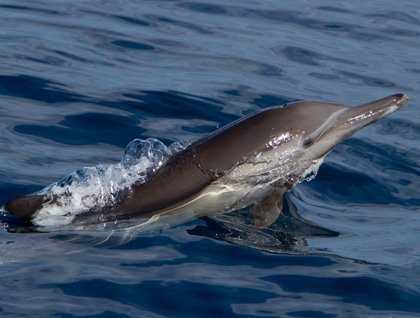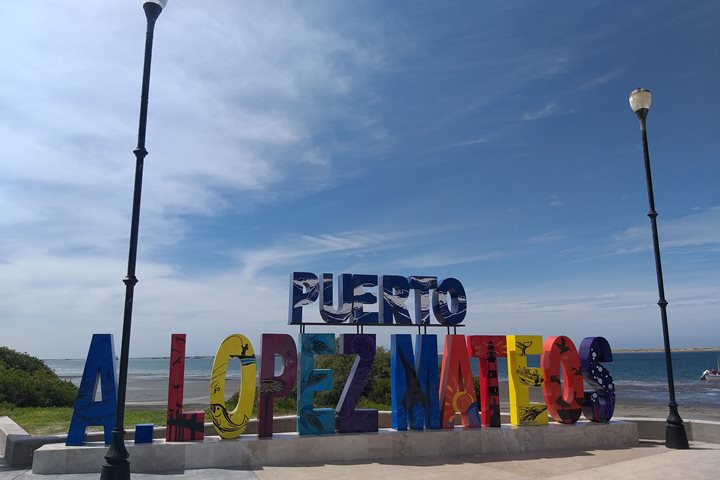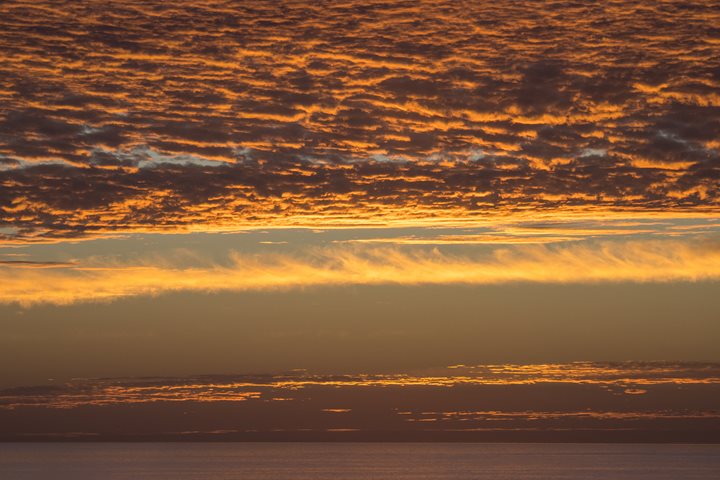Last night we made our way from Isla Espiritu Santo, near La Paz, to the Cape Region. As the sun came up we started to see the first whales’ blows in the distance. This area around La Fortuna and all the way to the cape is an excellent marine zone for seeing humpback whales. These leviathans travel a long way from the north to reproduce here, in the warmer waters of the Gulf of California. As we sailed we saw many individuals and some groups breaking the surface in every direction. We even got to see a couple distant breaches.
While we observed the magnificent whales, bottlenose dolphins and long-beaked common dolphins visited us a couple times. We spent a good amount of time enjoying the presence of the elegantly acrobatic marine mammals. Dolphins rode the bow wave of National Geographic Sea Bird, while the delighted observers and photographers felt fortunate to be here.
We made our way to the San José del Cabo Marina, where we disembarked. San José del Cabo is a nice town, with lots of local artist shops and with more of a cultural identity than other touristic towns. It is also the place where we can go bird watching in search for waterfowl and other migratory species that live in freshwater environments. Since the peninsula has almost no superficial rivers, the San José River, which forms the estuary, is the last stop for a good number of species of birds on their long migratory routes.
Some of the birds we saw today were quite unusual for this area. We saw a snipe, which is quite a rarity around here. We also saw some of the more common species for this area, like the common moorhen, American coot, little blue heron, pintail and ruddy ducks, blue-winged teals, ospreys, and many kinds of shorebirds.
To end the day, we stopped at the famous arches at Finisterra. This iconic granitic rocks mark the boundary of the open Pacific Ocean and the Gulf of California. Tonight we leave the Gulf behind, and head into a new venture to explore the grey whale lagoon of Bahia Magdalena.




.jpg?width=106&height=85&mode=crop&scale=both&quality=50)


